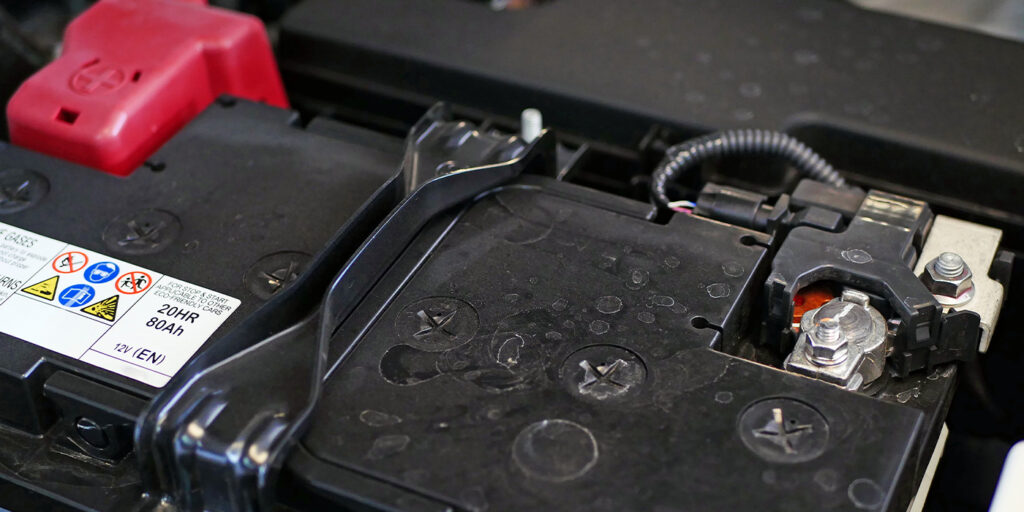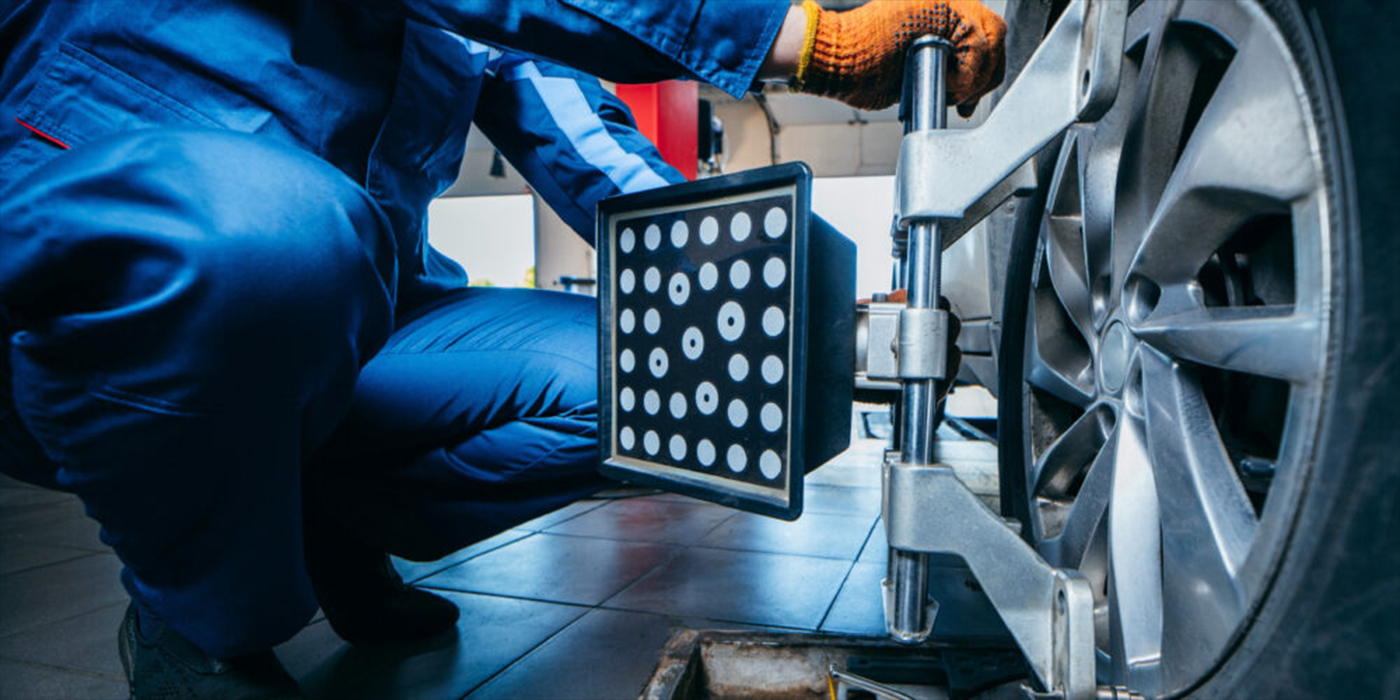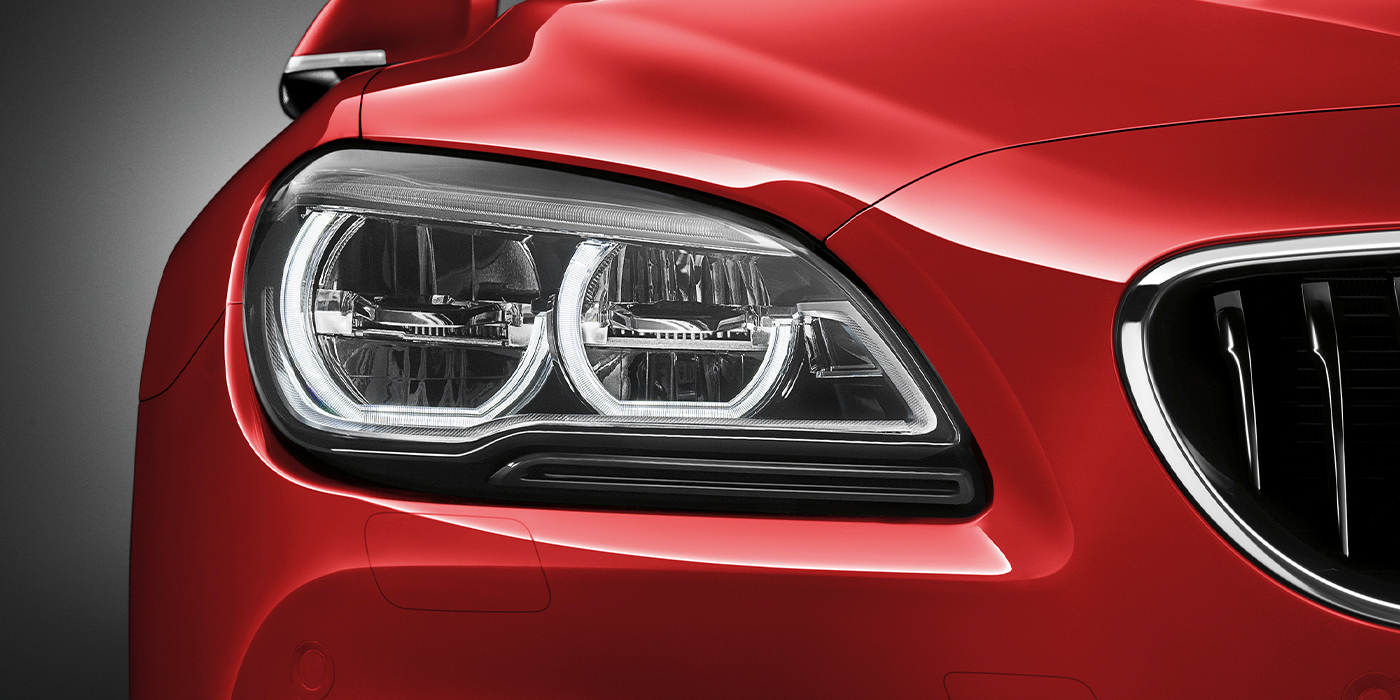It’s time to reset your ideas when it comes to understanding how a vehicle manages the alternator and battery. Where there was once just one wire going from the alternator to the positive battery post, there are now modules and sensors that manage the load on the engine and battery.
Think about how loads on the engine from the alternator change. Electric power steering, air suspension and some accessories do not put a constant load on the alternator; these loads can be unpredictable. Older electrical systems would use the battery as a buffer and let the system voltage or engine speed drop to the point where it might feel like the engine would stall. On late-model vehicles with intelligent power management systems, you can put demands on the system and the engine speed will hardly change.
An intelligent power management system needs to know the condition of the battery, which determines the loads and the output of the alternator. The battery is not a constant part of the power-management equation. As the battery ages, temperature and internal conditions govern the capacity and output of the battery.
Most modern systems will calculate the internal resistance of the battery, which changes the capacity of the battery and how it charges. The vehicle does this by measuring the voltage drop across the terminals with the positive and negative terminals.
Temperature changes how the battery discharges and the amount of current that can be delivered. Some systems have a battery sensor that is put in the battery, in the battery cable or in the system to estimate under-the-hood temperatures.
Some European vehicles will also measure the current passing through the positive battery cable with a current coil wrapped around the cable. By measuring current, it is possible to monitor the power going in and out of the battery.
The sensors can be connected to a module that communicates with the engine control module. Some systems also will look at system voltage during cranking. If the voltage drops below a specific level for an amount of time, it could set a code and the battery light on the dash could be illuminated.
By knowing the condition of the battery, it is possible to make a smart decision like using the stop/start system or running an auxiliary water pump to cool the turbocharger when the engine is turned off. The system can also alert drivers that the battery need to be replaced long before it leaves them stranded.
Battery management systems can also give you information if the battery needs replacement. Very few systems will give you a data PID or percentage of battery life. But, they will have manufacturer-specific codes that can indicate a failing battery.
The other thing to remember is that any power management system is driven by software. This software needs updates as engineers correct bugs in the software. Plus, the system needs to be calibrated to the battery.
Some vehicles will require a reset procedure that involves telling the system a new battery has been installed. Some BMWs require you to input a code that indicates the amp hours of the new battery. Some vehicles will require a few drive cycles to complete a battery monitor.












